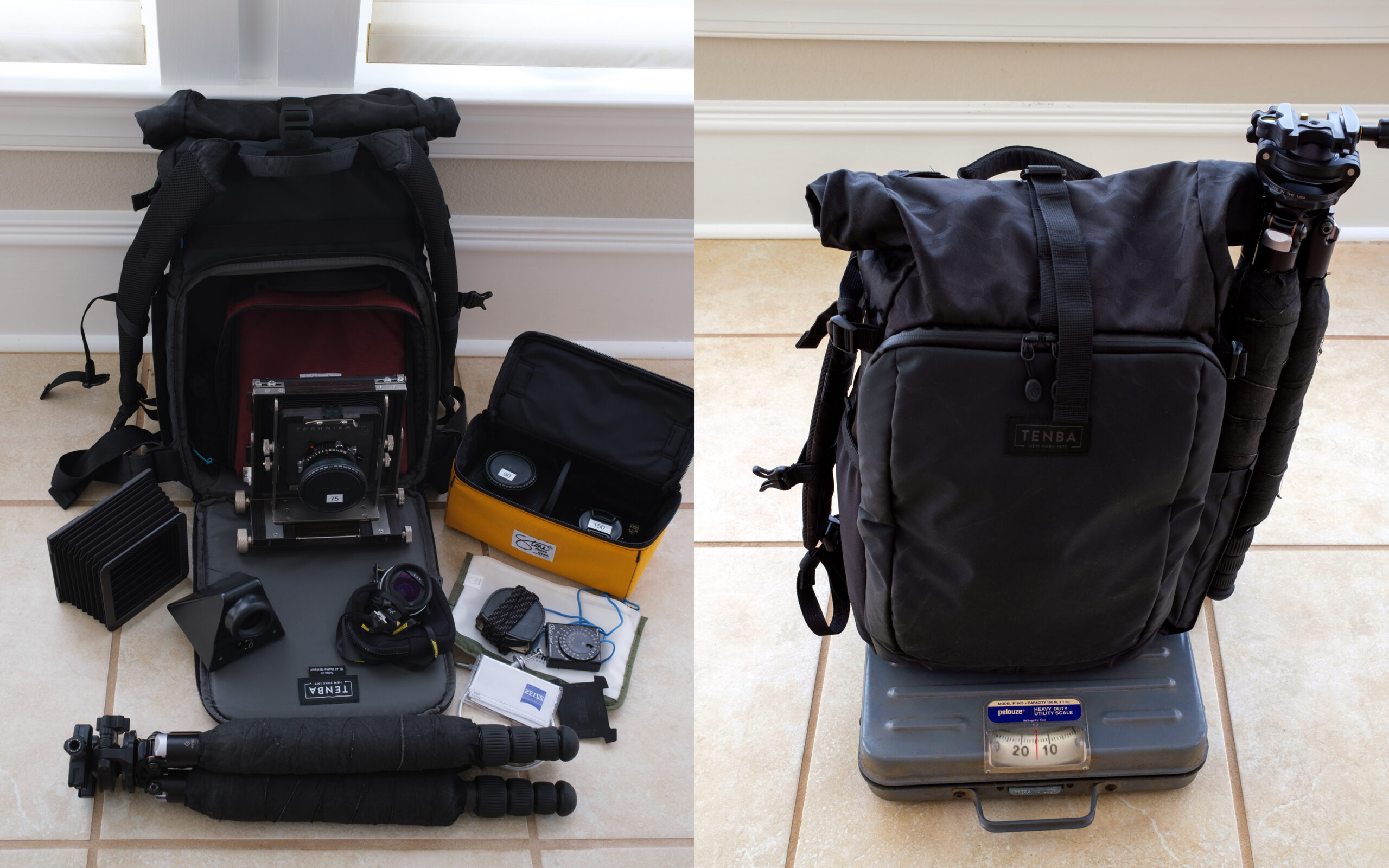cunim
Well-known member
Speaking for myself, the answer is "yes". I love the cameras, the lenses, and the process. Sadly, the type of photos I take couldn't be done with just LF. It takes a lot of futzing about to get the lights and positioning right for the sorts of object portraits I do - so I need a lot of chimping. Yes, I know the old guys did it but they were smarter than I am. Anyway, could I make it work? Go big or go home?
I am way too old to carry LF gear anywhere so outdoors is, well, out. However, in studio, I could set up the shot with my IQ4, then swap in an 8 x 10 studio camera and transfer the settings and movements. Movements are so much easier to do on big film. With that preparation I can take the LF shot with some expectation it will turn out. I could be the last person on earth doing product-type work with LF. Cool.
This is a dream right now, primarily because I no longer have even the smallest bits of a dark room. But things happen so maybe.
Your thoughts about going back to big?
I am way too old to carry LF gear anywhere so outdoors is, well, out. However, in studio, I could set up the shot with my IQ4, then swap in an 8 x 10 studio camera and transfer the settings and movements. Movements are so much easier to do on big film. With that preparation I can take the LF shot with some expectation it will turn out. I could be the last person on earth doing product-type work with LF. Cool.
This is a dream right now, primarily because I no longer have even the smallest bits of a dark room. But things happen so maybe.
Your thoughts about going back to big?
Last edited:

